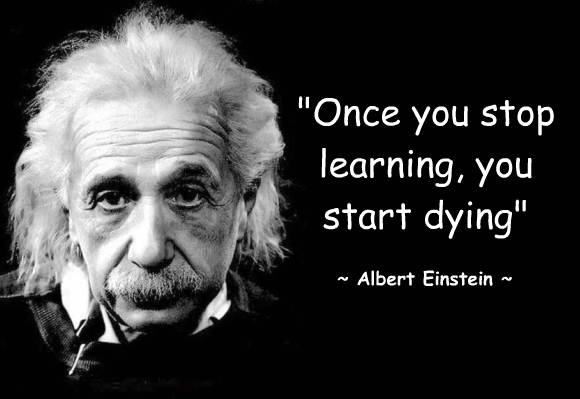


That’s right: an entire book devoted to the permutations of a single move – a move that, I should add, has been regularly played for a century. And the books were achingly specific: for example, A Complete Guide to Playing 3 Nc3 Against the French Defence. It was filled with algebraic-looking thickets of chess notation, a quasi-language that itself had to be learned. But beyond that, the chess literature was enormous. I didn’t want to try to teach what I knew only poorly.Īnd yet, how to learn? The number of chess books was dauntingly huge. Yet it soon became apparent that I had little concept of the larger strategies. Soon, I was playing, and some-times even beating, the weakest computer opponents (the ones with catastrophic blunders abundantly programmed in). It took a few hours, hunched over my smartphone at kids’ birthday parties or waiting in line at Trader Joe’s, to get a feel for the basic moves.

I decided to learn the game, if only to be able to teach my daughter. Bobby Fischer at the US chess championship in 1965.


 0 kommentar(er)
0 kommentar(er)
